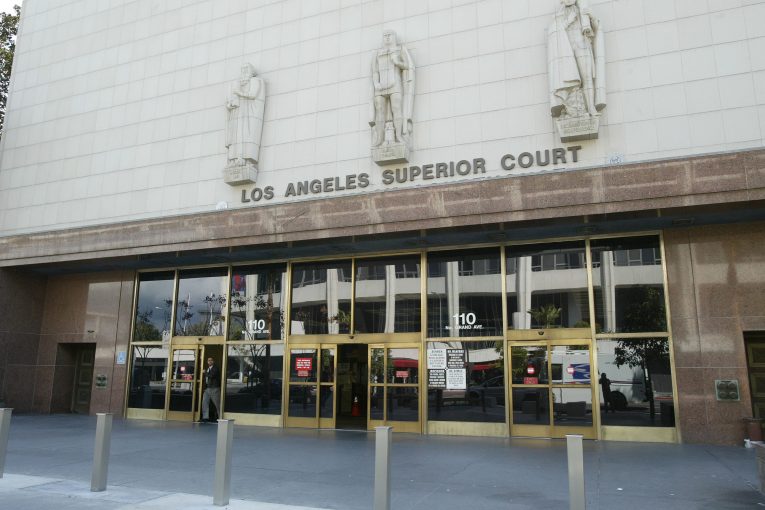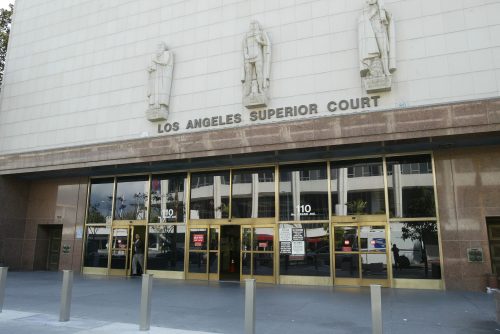

By: Emily Andrews
LOS ANGELES, CA––In late 2021, a project’s re-development of 141 West Avenue 34––an apartment building in Lincoln Heights Los Angeles––brought back a forgotten case of a company’s toxic chemical dump in 1984.
According to the Los Angeles Times, in the original 1984 case, investigators who searched underneath the Lincoln Heights neighborhood of Los Angeles discovered a total of 252 barrels filled with toxic chemicals– some of them almost empty when their contents corroded through the metal and leaked into the soil, with several others dumped into sewer lines.
The company who owned the location, American Caster Corporation, had been practicing dumping toxic chemicals for four years before being discovered.
The company’s executives and several employees served six months in jail and paid fines of thousands of dollars, and the city conducted a hasty cleanup, but afterwards the case fell into obscurity when the court records were destroyed due to age.
Since then, the grounds have been used as a site for Welch’s laundry, and according to community members has been an area where many children have gotten sick.
The case came back into the public eye when a new project for an apartment complex was planned to replace the original warehouse in 2020.
California regulators are giving full access of the contaminated grounds to the new project, despite the community’s outcry against it. The residents demand a new cleanup plan and accused the state of failing to properly test the chemical dumpsite and other surrounding properties underneath the Lincoln Heights neighborhood.
When project developer R Cap Avenue 34, LLC sought to build on the contaminated site in 2020, they insisted that the grounds had little to no contamination and that the toxins had not spread beyond the area into other portions of the Lincoln Heights neighborhood. Andrew Brady, a project representative, said, “I’ve worked on a lot of sites that were very contaminated. This is not one of them. All of the professionals who analyzed it thought there was not a major issue.”
Later testing in late 2021 revealed there were high levels of volatile organic compounds, or VOCs, that were more than 4000 times higher than what is recommended for safe residential standards. One of the chemicals found was tetrachloroethylene, or PCE, which, according to the Centers for Disease Control and Prevention, could harm the nervous system, reproductive system, liver and kidneys, and possibly cause cancer.
Fernanda Sanchez, a resident born and raised in Lincoln Heights and voted onto the neighborhood council, said to Los Angeles Times, “It’s just a form of environmental racism. Our low-income, immigrant communities are not seen as valuable, whether it’s displacing us or poisoning us– they completely disregard our human rights.”
Developers plan to transform the property into “a healthy and vibrant community,” with 468 apartment units at a market rate, and 66 units set aside as affordable housing.
The VOCs have a high possibility of still being present in the soils underneath the site, which could enter the buildings through cracks, windows, and utility lines through vapor intrusion, according to the U.S. Environmental Protection Agency.
To meet the standard of cleanup and to protect against vapor intrusion, experts must track how far chemicals have traveled underground and then remove them from the soil. However, James Wells, an environmental geologist who advised the state during other cleanups of toxic chemicals, states, “We always look very carefully at a site that’s getting developed and ask, ‘Are we protecting against this phenomenon of vapor intrusion?’ At this site, I don’t feel like the [cleanup plan] met that standard.”
Wells and the former head of environmental health for the Los Angeles County Department of Public Health, Angelo Bellomo, are asking both regulators and the company planning development to pause the demolition of the building and to conduct a full investigation into the nature of the illegal dumping, the cleanup, and perform more testing and cleanup.
According to the motion by Councilmember Gil Cedillo to the Los Angeles City Council, “The most important factor in consideration of any project being introduced and built in my Council District is the safety, health and welfare of our communities… Toxins do not stop at property lines and there is an immediate need to perform further testing. This parcel sits across the street from an elementary school and residential housing.”
The motion requests immediate action for the testing of the wastewater and soil of the site.

Keep this story in mind when folk point to the PG&E corp yard as a “great place” for housing/redevelopment…